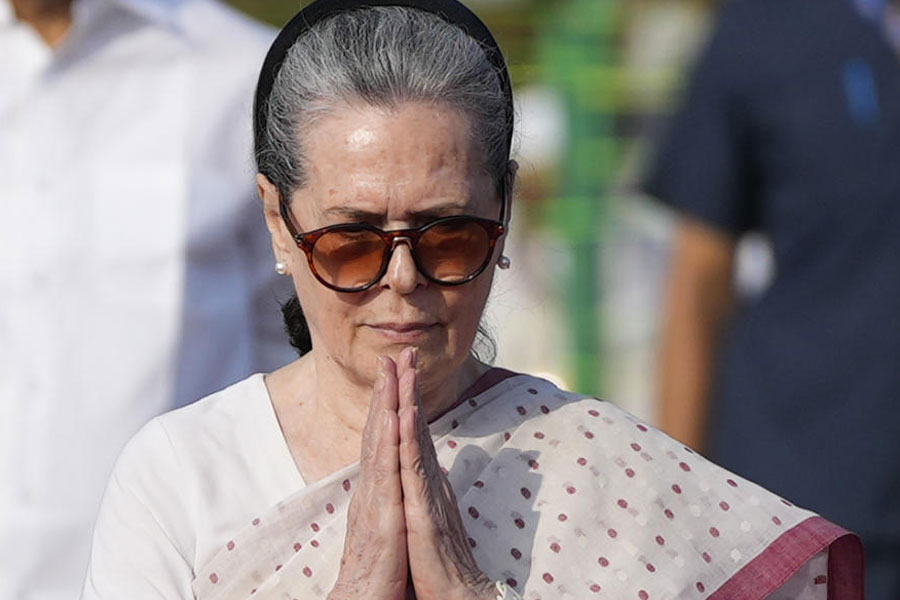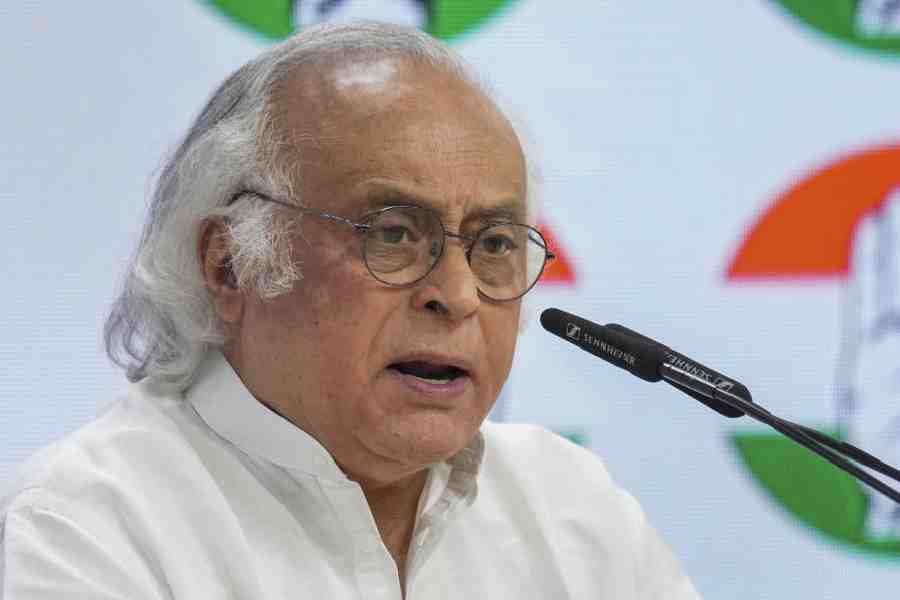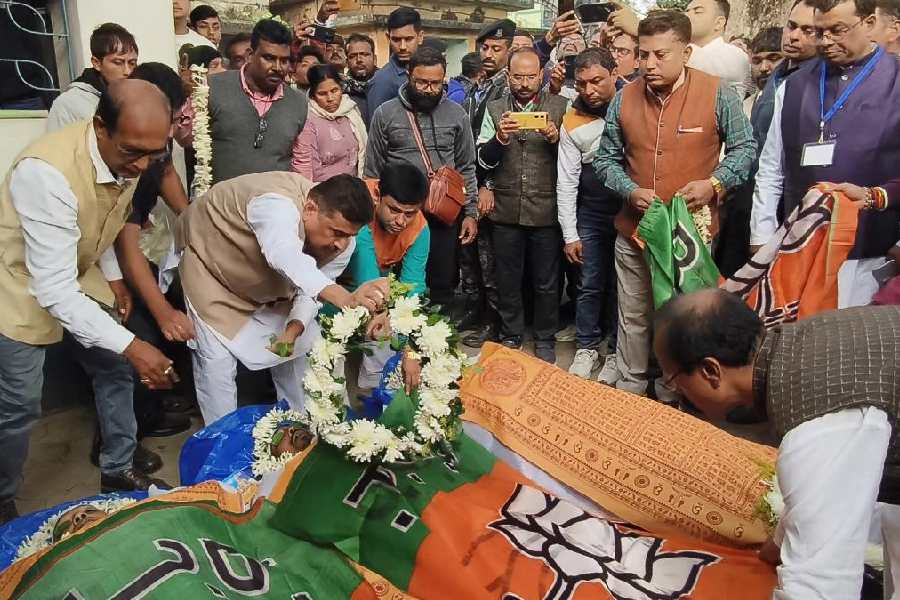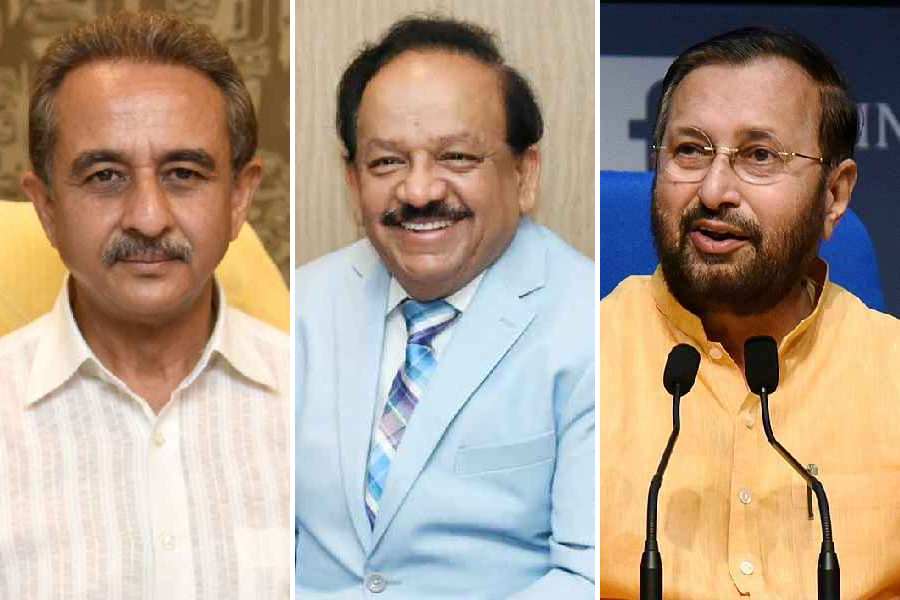 |
He thought for a while of becoming a pilot. But Manish Kumar, managing director of Ritspin Synthetics, finally settled for the more mundane kapda. And he has spun for himself a very fine yarn so far.
?After passing out from La Martiniere, I did my graduation in BCom from St Xavier?s College,? says Kumar. ?Immediately after that, I did a short diploma in business management from Harvard Business School.? And business won the day when it came to a career choice, though flying was a passion. Radio flying was the main outlet for this interest. He won the national championship when he was 10, and still cherishes his models.
?On my return from Harvard in 1991, I joined our family tea business and was put in charge of export marketing,? continues Kumar.
?But the business had hit a stumbling block due to the insurgency problem in the Northeast. We couldn?t even visit the gardens. ?At that time, the Soviet Union was our biggest market. When it broke up, our business went into a tailspin. I had already been looking around for other opportunities and narrowed in on textiles and chemicals. Eventually, I settled for textiles as there was tremendous growth potential in this field.?
In 1994, Ritspin was set up with factories in Madhya Pradesh and Maharashtra. ?I was keen on West Bengal but there was no raw material here,? continues Kumar. ?In hindsight, I could still have given it a thought had the present industrial climate prevailed then.
?The beginning was very tough. It was a miracle how we managed to complete the project six months ahead of schedule. It was a mad rush against time. The land was bought in December 1994 and construction started in March next year. We had to meet the deadline to beat the monsoons, otherwise the project would have been delayed by several months. But there was a problem. The letter of intent for the long-term loans had not yet come through. We decided to take a risk and go ahead without the letter.
?Even before that had been sorted out, we encountered upon a power shortage. The state government told us that the 4 MW that we required could not be provided. So we had to set up a captive power plant, which needed a Rs 12 crore investment. I had no idea where the money was going to come from. After a frantic search we got ICICI to finance the plant.
?Our commercial operations finally started in April 1997. In two months we hit a severe crisis. The south-east Asian tigers collapsed and there was a bloodbath in the textile industry. All the companies suffered heavy losses for there was hardly any buyer in the export market. We didn?t make our planned public issue as the climate was not conducive but we still needed at least Rs 14 crore to survive.
?Again I didn?t know where the money was going to come from. Somehow we managed unsecured loans from the money market and ran our plant. Export was our thrust area. In the first year it accounted for just Rs 6 crore out of our total turnover of Rs 66 crore. It jumped to Rs 70 crore in three years.
?How did we do it? With a focus on marketing. I spent days on end at the customers? doorsteps, quite literally. Everywhere there would be a long line of sellers from India, Thailand and Indonesia. But our advantage was technology. It let us reduce our workforce by about 25 per cent. In textiles, the less the human touch, the better the quality. This gave us a headstart.
Ever since, we have specialised in value-added niche products. For instance, our R&D cell has come up with an innovation which we call Ritvang. It is a blend of viscose and polymite. The fabric is considered to be one of the finest in the world. We also have a collaboration with Tencel of Australia.
?I am often asked why we have not looked at the domestic market. The primary reason is, of course, that profit margins are lower in India. Also, there are infrastructural problems. ?In the past three years, we have doubled our turnover. We hope to close this year at Rs 140 crore and take an even bigger leap next year. Unless the export market shrinks drastically, Ritspin will continue to be on a roll.?
Kumar may not be flying his models too much these days. But he is still flying high.










